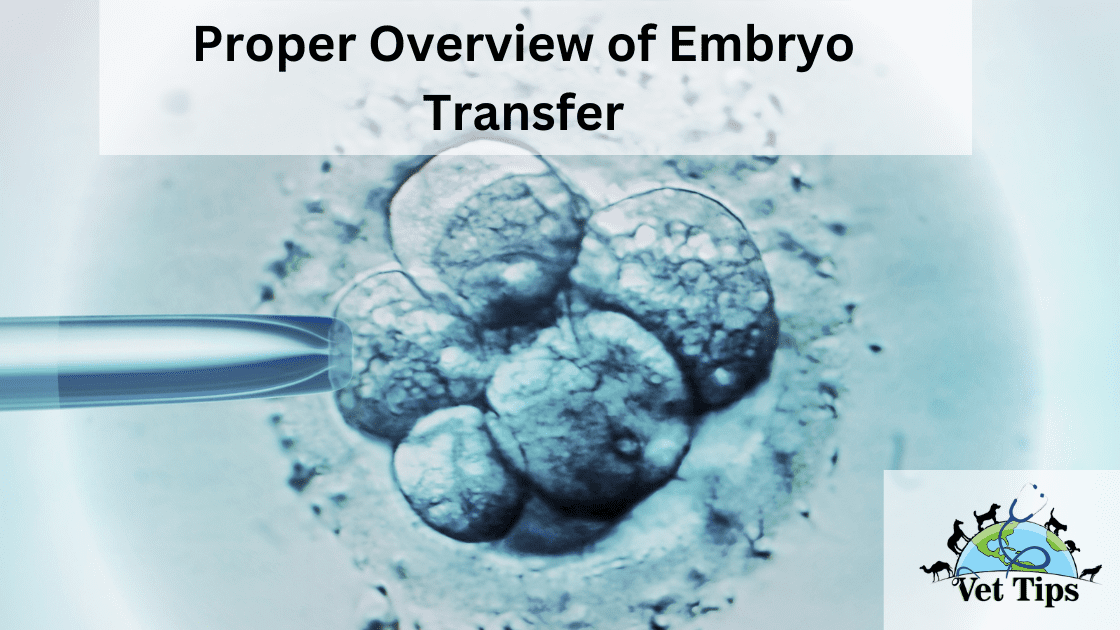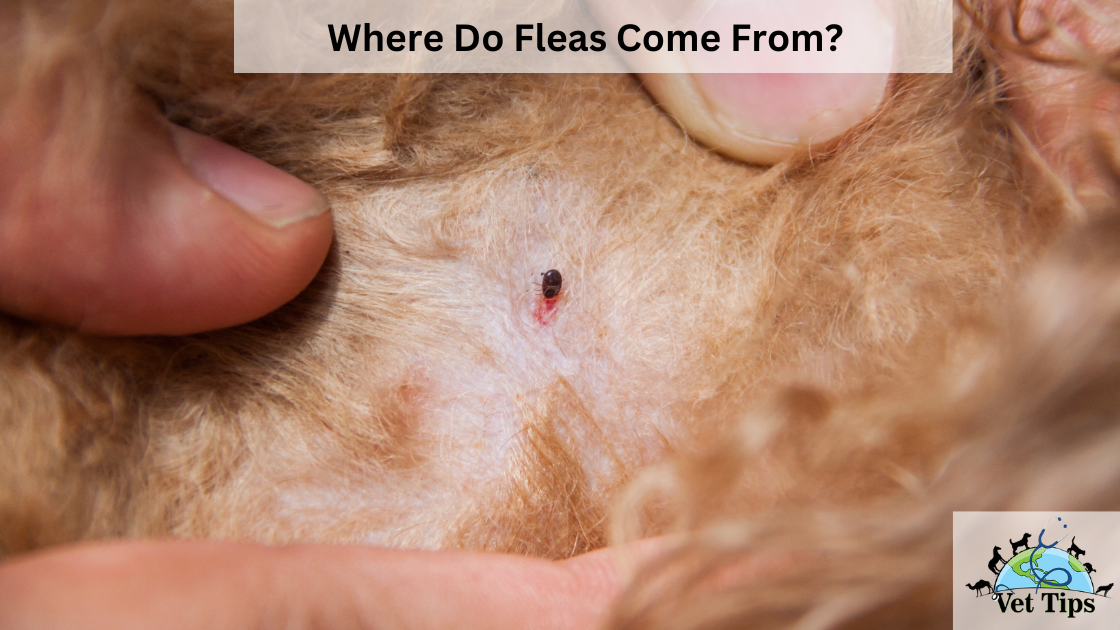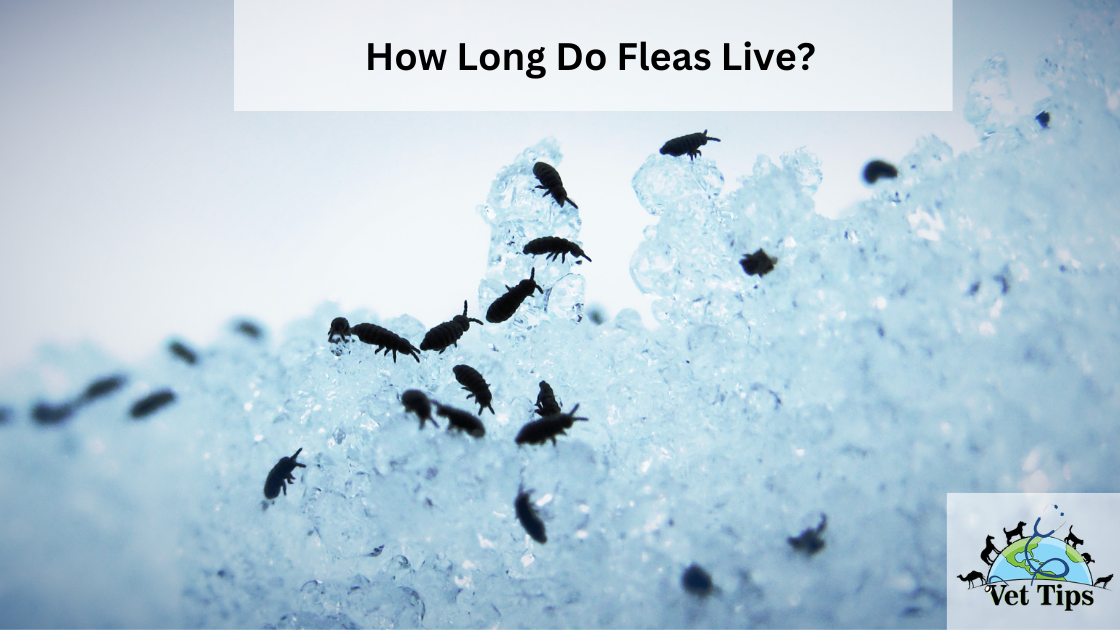This article will help you in understanding the proper overview of embryo transfer is also called ovum transfer. In 1890, the idea of embryo transfer was given the first time. Its frequent use started in 1970.
Definition
“It is the collection of the fertilized ovum from the donor before its attachment/nidation with uterus and transfer into surrogate/recipient mother for completion of gestation period.”
or
“Collection of the embryo from donor cows & transfer to the recipient cows where they carry till term or completion of the term.”
When an embryo is embedded in the endometrium of the uterus is called nidation. This term is used in the mare and porcine. But in buffalo, cattle, sheep, goat, there are specific areas/ cotyledons where the attachment of embryo occurs.
Process in Cow
The cow from which we get the embryo is called a donor. The cow in which we transfer embryo is named the recipient. In the offspring, 50% of characters come from mother and 50 % from father. In A.I., s*men is inseminated indifferent cows. The genetic potential of males is distributed, which is the same for all cows, but different cows have different potential. In embryo transfer, the genetic potential of the female is being distributed. Every cow produces one egg at the time of estrus.
Donor cows are induced to produce more than one egg at the time of estrus, inseminate these eggs, and fertilized eggs/embryos are taken from donors. At the same time, recipient cows are also prepared, which have low genetic potential, and one embryo is placed in each cow. In this way, more than one calf can be obtained from one donor.
If the donor cow has a high production potential, we do not let it become pregnant, and after two months, we get eight eggs. In this way, we get 40 embryos in a year (5 times a year). If 60 % is the birth rate, then we can get 24 calves from donor cows in a year; otherwise, only one calf in a year.
The fertilization site in bovine is ampullary isthmus junction in animals. The reason is that this portion contains more ciliary epithelium, increased secretion, and increased suitable environment for fertilization. In mare, only fertilized ovum descends in the uterus, but in bovine ovum stays for 2-4 days and then descends. In female dog this duration is 9-10 days. When it descends, it remains in a wandering position in the uterus for some days and gets nutrition from uterine m1ilk and then gets attachment.
Advantages of Embryo Transfer
- It improves the genetic potential.
- Can also increases the productivity
- Increases the economic benefit
- Increases the disease resistance
- It can also increases the no. of calves in a lifetime
The study of physiology and pathology of ovario-uterine pituitary hypothalamic was the primary purpose of E.T., but later it became commercialized.
Steps of Embryo Transfer
- Selection of donor
- Selection of recipient
- Synchronization of donor and recipient
- Superovulation of donor
- Insemination of donor
- Collection of embryos
- Evaluation of embryos
- Transfer or storage of embryos.
Selection of Donor
-
- Should have been calved once
- Donors should have known calving history or natural calving history.
- Should be a regular cyclic animal.
- Should be a disease-free animal, e.g., T.B, brucellosis
Advantages of Embryo Transfer
(1): Genetic Improvement:
E.T is best for increasing genetic potential for females while A.I. is for males. Out of 8-10 embryos, 6-8 are transferable, and 3-4 pregnancies occur. If repeated five times a year, from15-20, calves will be produced. So donor cow with good potential will produce15-20 calves a year.
(2): Selection Intensity:
E.T. will increase the selection intensity among the calves. Research says that if a cow gives six calves in a year, then selection intensity becomes double.
(3): Planed Mating:
We can plan to select the bull with the high genetic potential to mate with the cow, which is going to give 8-10 calves.
(4): Genetic Testing:
Commonly it is done to null out the harmful genes.
Please tell us in the comments how you like our article “Proper Overview of Embryo Transfer”, Thanks
Click here for a similar post
Click here for the source file









One thought on “Proper Overview of Embryo Transfer”